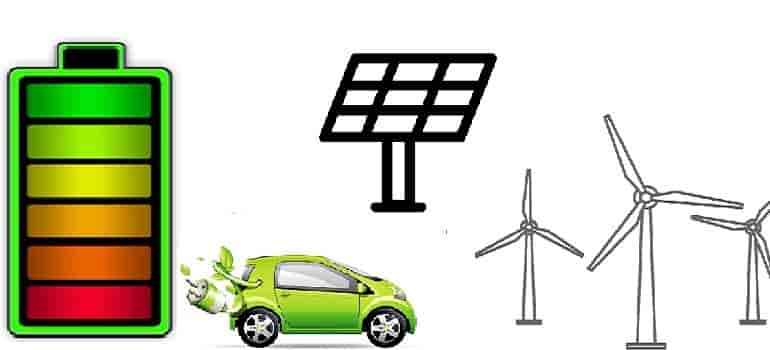
Researchers have improved the recycling process for the lithium-ion batteries. The new process claims to be safer and uses less energy, according to a new study.
The details were published in the Journal of Advanced Energy Materials.
The new recycling method involves collecting cathode particles from spent lithium-ion batteries. The mixture is then heat treated in two steps: it is first heated to 300 C, and then again heated to 850 C for several hours and then cooled naturally.
“Due to the rapid growth of electric vehicle markets, the worldwide manufacturing capacity of lithium-ion batteries is expected to reach hundreds of gigawatt hours per year in the next five years. This work presents a solution to reclaim the values of end-of-life lithium-ion batteries after 5 to 10 years of operation,” said Chen, project lead.
Chen’s team previously developed a direct recycling approach to recycle and regenerate degraded cathodes. It replenishes lithium ions that cathodes lose over extended use and restores their atomic structures back to their original states.
However, that process involves pressurizing a hot lithium salt solution of cathode particles to around 10 atmospheres. The problem is this pressurizing step raises costs and requires extra safety precautions and special equipment, said Chen.
So the team developed a milder process to do the same job at ambient pressure (1 atmosphere). The key was using eutectic lithium salts (a mixture of two or more salts that melts at temperatures much lower than either of its components).
“We made new cathodes from the regenerated particles and then tested them in batteries built in the lab. The regenerated cathodes showed the same capacity and cycle performance as the originals,” said Yang Shi, the author.
“In an end-of-life lithium-ion battery, the cathode material loses some of its lithium. The cathode’s crystal structure also changes such that it’s less capable of moving ions in and out. The recycling process that we developed restores both the cathode’s lithium concentration and crystal structure back to their original states,” Shi said.
The team is tuning this process so that it can be used to recycle any type of cathode materials used in lithium-ion and sodium-ion batteries.
“The goal is to make this a universal recycling process for all cathode materials. The team is also working on a process to recycle degraded anodes, such as graphite as well as other materials.”, Chen said.
Source: ANI
MORE TO READ:
Scientists develops a way to charge lithium-ion battery in minutes
SDMC to develop over 50 EV charging stations, install rooftop solar: Report

